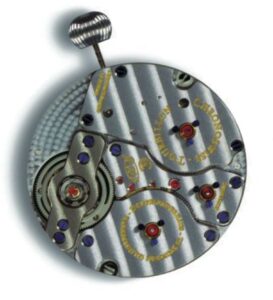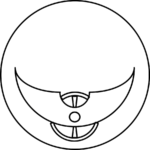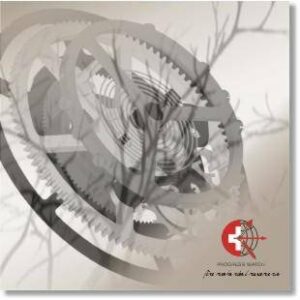 |
Brand: | Progress | 




|
|---|---|---|---|
| Family: |
Unknown
|
||
| Height: | 5.40 mm | ||
| Jewels: | 23, 26 | ||
| Reserve: | 72 hours | ||
| Frequency: | 28,800 A/h | ||
| Winding: | Hand winding, Two Barrel | ||
| Diameter: | 30.00 mm | ||
| The Chronoswiss Cal. C.631 shows the distinctive "dog bone" balance bridge | Complications: | Date, Date by Pointer, Flying Tourbillon, Hand Winding, Tourbillon | |
| Hands: | Central Hour Hand, Central Minute Hand, Date Pointer at 12:00, Open Heart at 6:00 | ||
| Distinguishing Technical Characteristics | |||||||||||
|---|---|---|---|---|---|---|---|---|---|---|---|
 Hand-Winding  Tourbillon  Balance Bridge |
|||||||||||
| Production: 2001 – 2006 | |||||||||||
| 1910s | 1920s | 1930s | 1940s | 1950s | 1960s | 1970s | 1980s | 1990s | 2000s | 2010s | 2020s |
The Progress Cal. 6361 (later STT Cal. 13.21) was an entry-level Swiss Made tourbillon used by a number of watch makers in the 2000s. It included a wheel train derived from the ETA 2892A2, two mainspring barrels, and a date pointer subdial at 12:00.
The cantilevered or flying tourbillon was mounted only to a bridge at the back and is typically exposed through an “open heart” dial. The balance wheel is centered in a three-legged cage, with a half moon connecting the bottom two “legs” and a triangular pointer indicating the running seconds. The triangular component also holds the ETACHRON index adjuster. It uses a flat hairspring in a fixed stud. The second wheel is fixed to the mounting bridge and the escape wheel rotates the tourbillon cage around it, turning the wheel train.

Cal. 6361 was used by Alain Silberstein, Frederique Constant, Jacques Etoille, and Joseph Chevalier. Additionally, Chronoswiss based their Cal. 361 on this movement, replacing the date subdial with an hour hand for their typical Regulateur design. Antoine Preziuso used the three Cal. 6361 tourbillons in the 3volution, shown in 2005 at Baselworld. Peter Speake-Marin used the Progress tourbillon as a basis for his work with Harry Winston Rare Timepieces’ Cal. HW400A.
Cal. 6361 uses many components from the common ETA Cal. 2892A2, including the minute wheel, keyless works, and one winding bridge. The tourbillon is mounted in a rotating bolt derived from the automatic winding rotor hub from the ETA movement, including 7 ruby ball bearings.
Movements derived from Cal. 6361 are easily identified from the dial side thanks to the half moon/triangle tourbillon cage and from the rear thanks to the bowtie-shaped bridge with large ball bearing bolt. The dual barrel bridges are also notable thanks to their bulging shape, which makes a “dog bone” center bridge.

- Alain Silberstein Tourbillon – Limited to 500 pieces, highly decorated with blue, white, and red accents
- 2005 Antoine Preziuso 3volution (three tourbillons)
- Stuhrling Original King’s Court SWT.02 – No date, 26 jewels, Cal. 6361.101
- Chronoswiss Regulateur Tourbillon, Ref. CH3123 – Cal. 631, regulator with hour at 12:00 and no date, limited to 100 pieces total in steel, white gold, and platinum cases
- 2012 EPOS One Minute Flying Tourbillon, Ref. 3375 – Limited to 10 pieces
- UTS 1000M Tourbillon Dive Watch – Cal. 13.75, 110 hours power reserve
- Jacques Etoille Tourbillon Monte Carlo
- Joseph Chevalier Tourbillon
The Progress tourbillon was delayed after initial 2001 launch by ETA, who were unhappy with the use of their technology. Progress was purchased by a Dutch group in 2003 and renamed Swiss Time Technology (STT), with Cal. 6361 being renamed Cal. 13.21. In 2006 it was purchased by Pascal Raffy of Bovet Fleurier and combined into Raffy’s Dimier 1738 brand. The company launched a successor, Cal. 13.75, in 2007. This was available in 12 different versions, including manual and automatic winding and with a date wheel. The next successor was the “triple axes tourbillon movement” or “START”, introduced in 2008 at Baselworld.
Images are taken from official publications and are used here for commentary and educational purposes. Copyright is held by the original owner as noted.